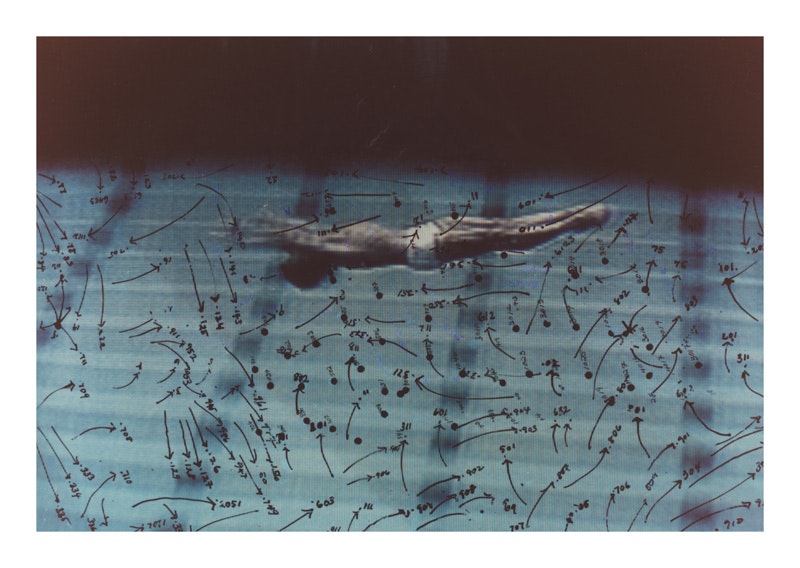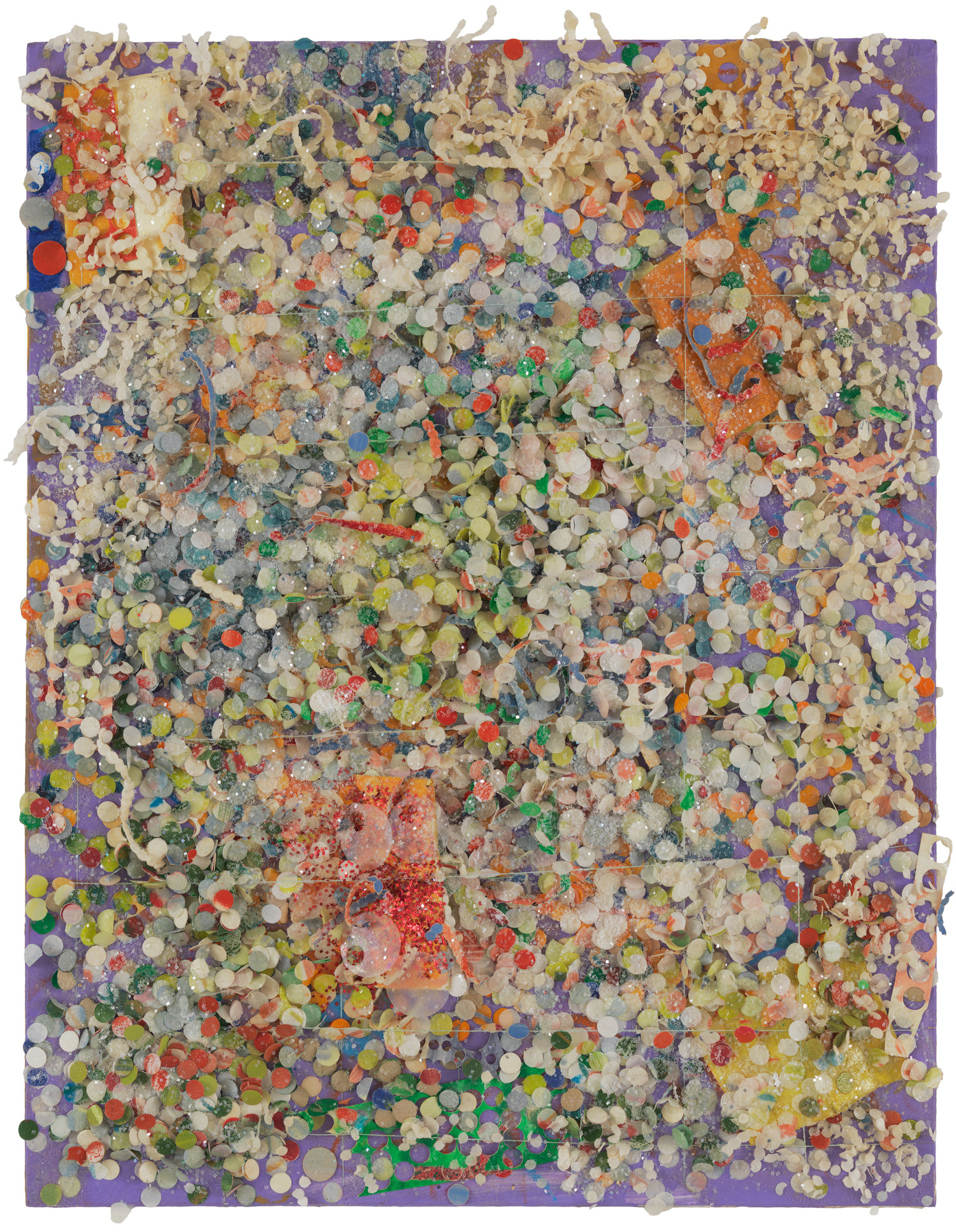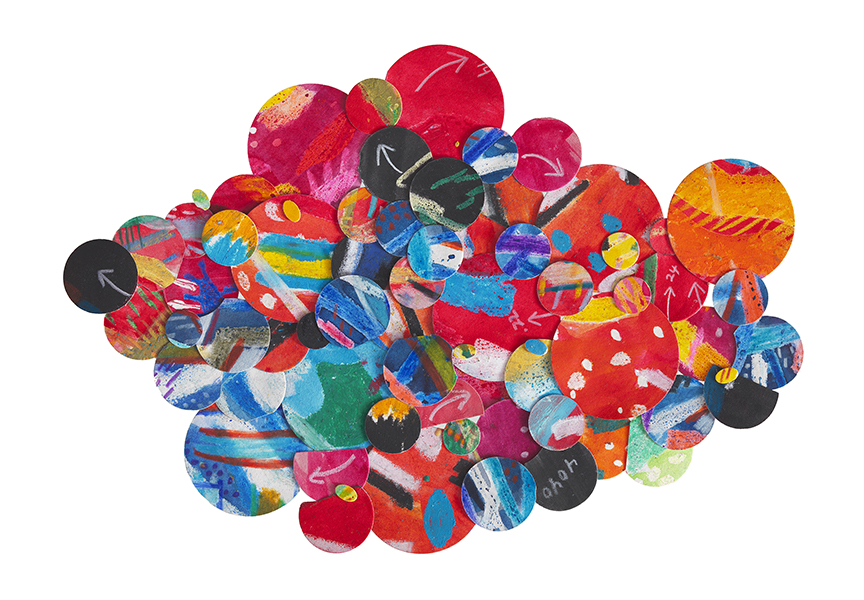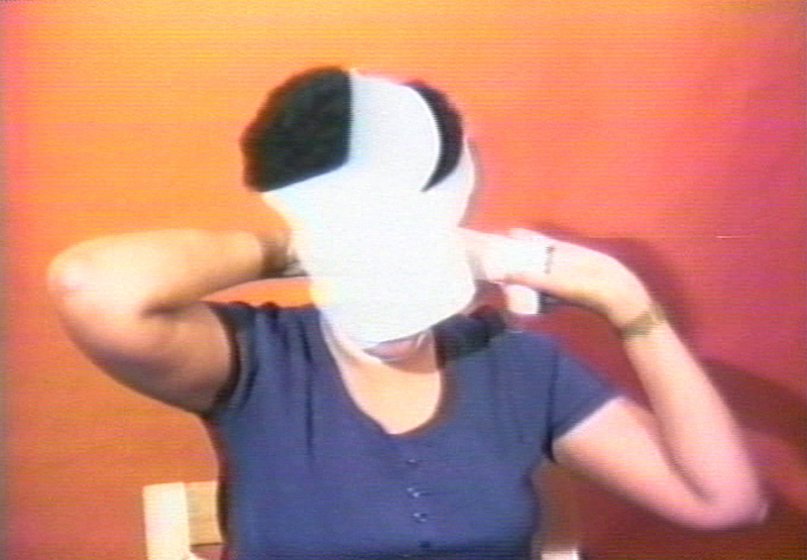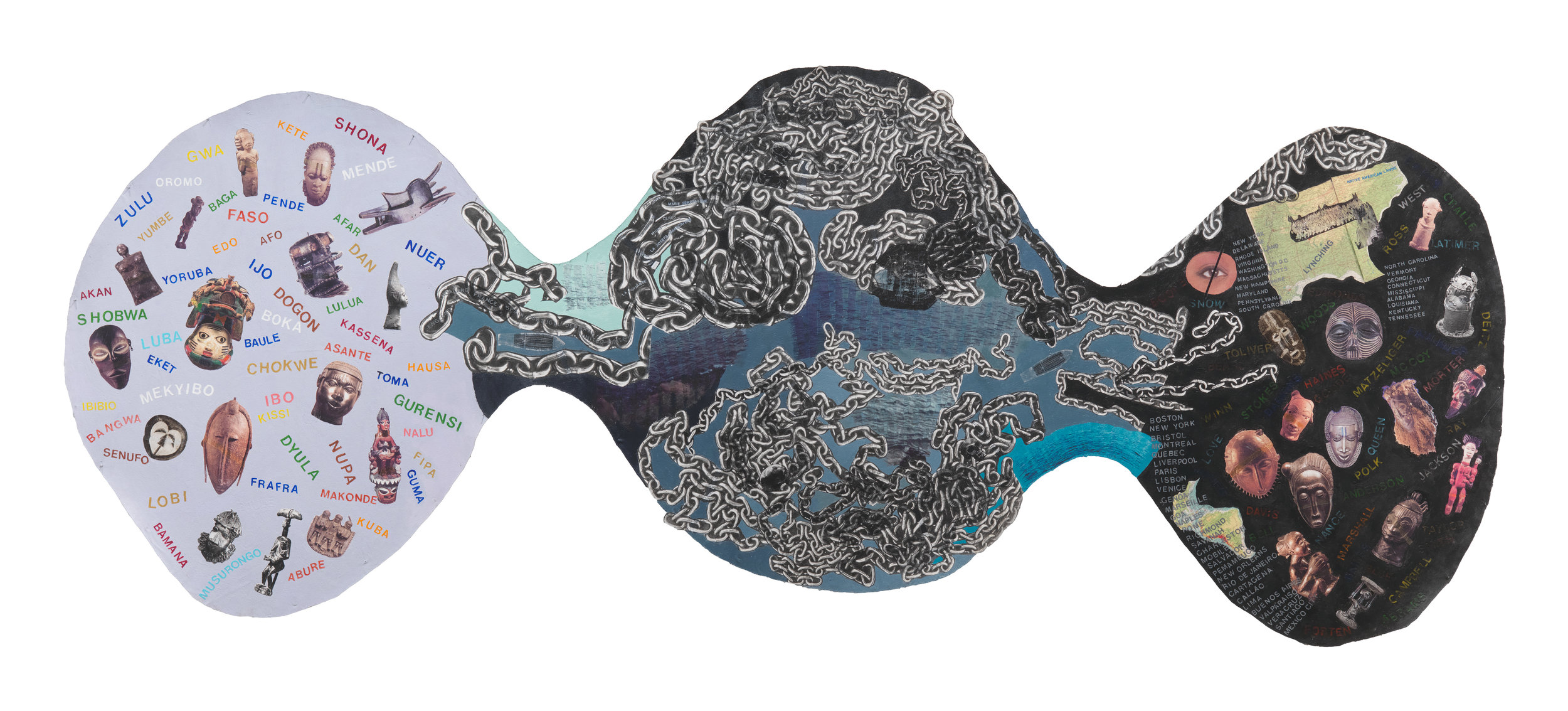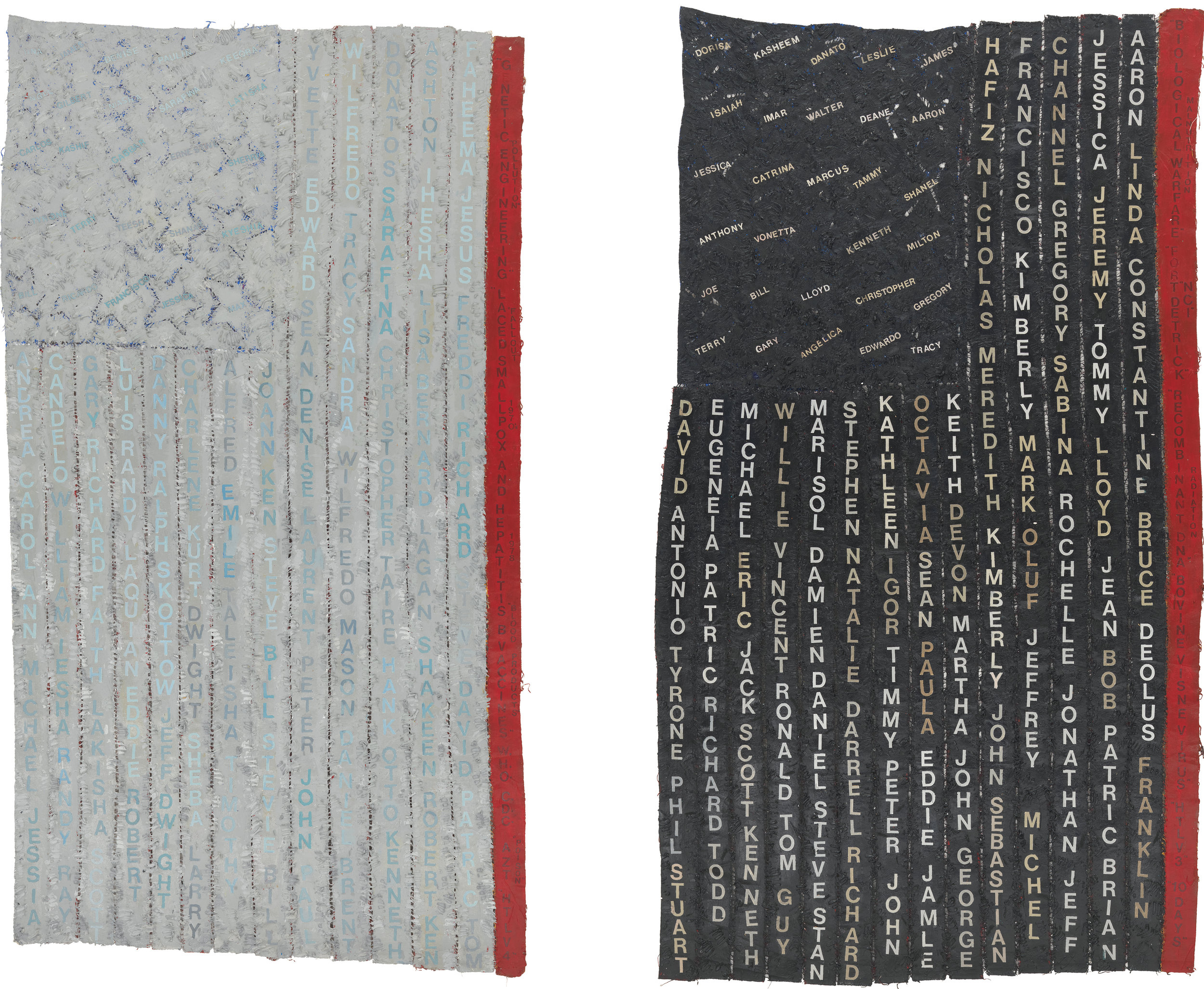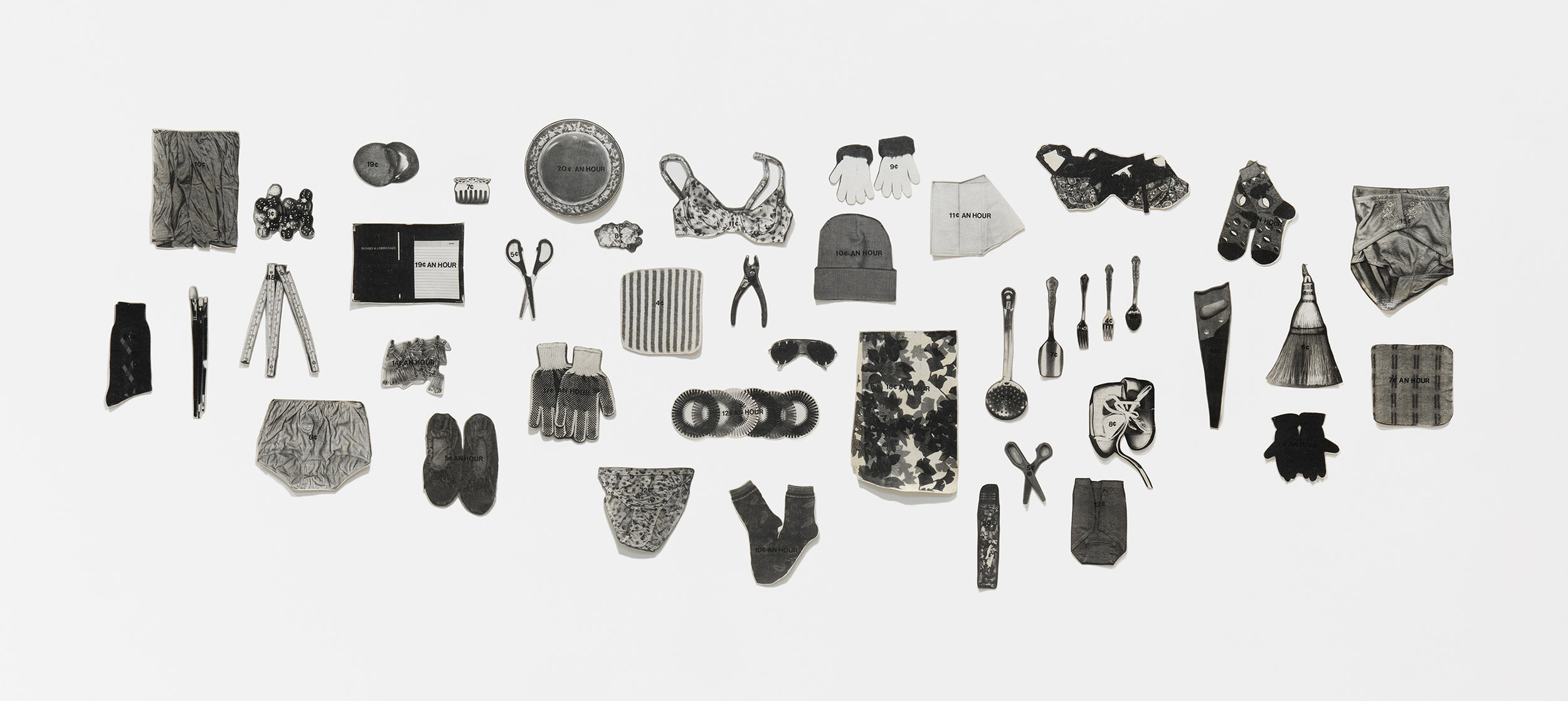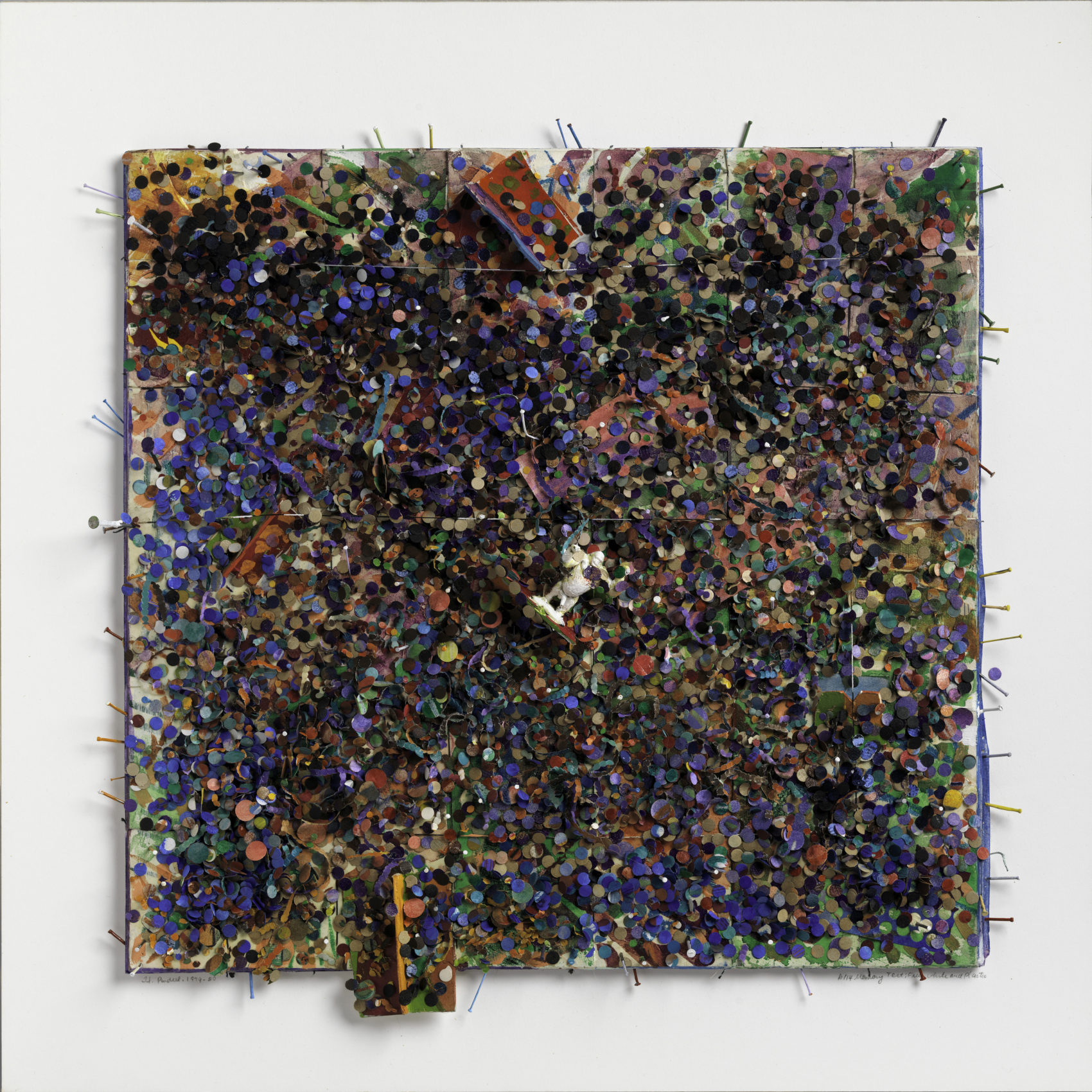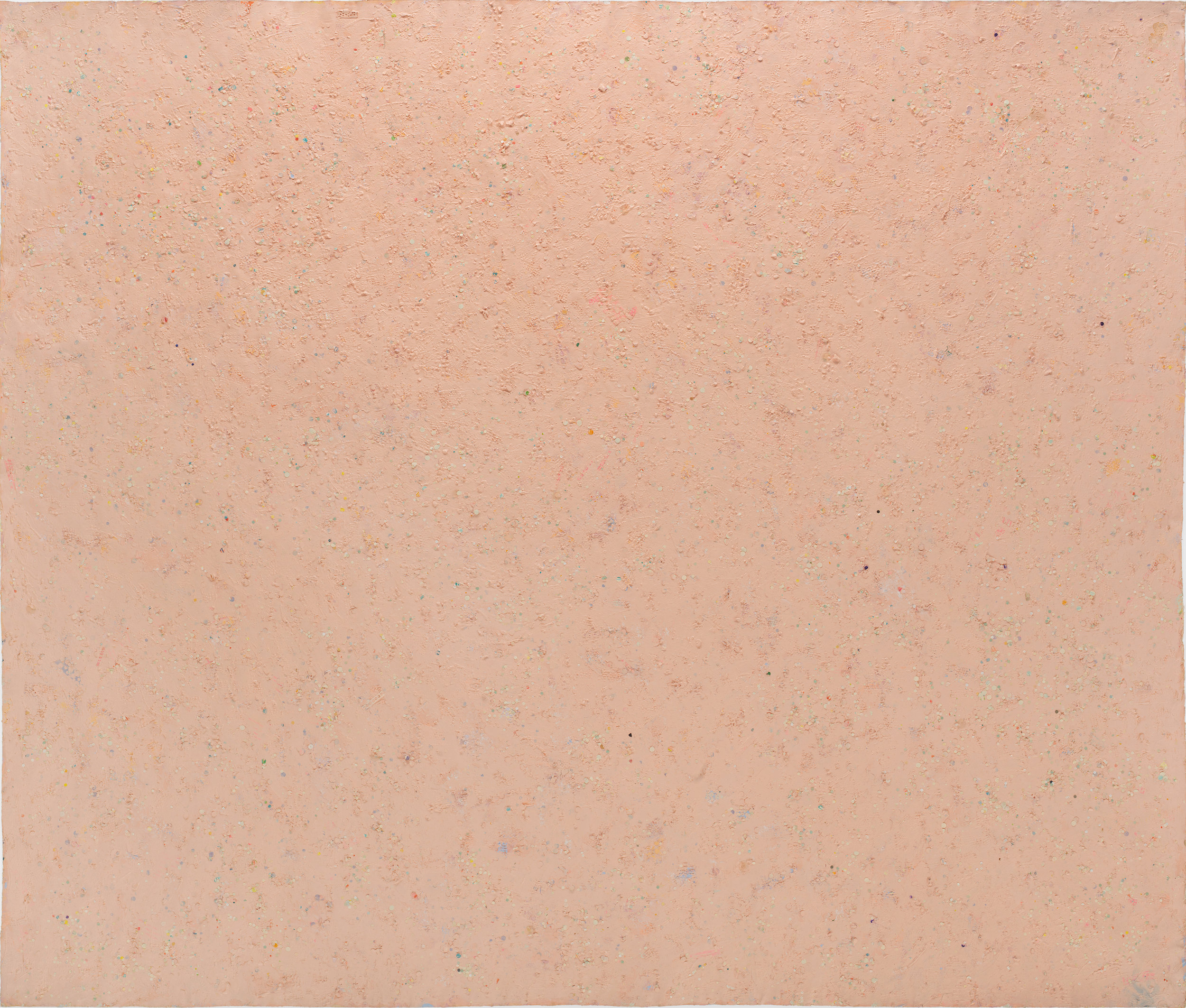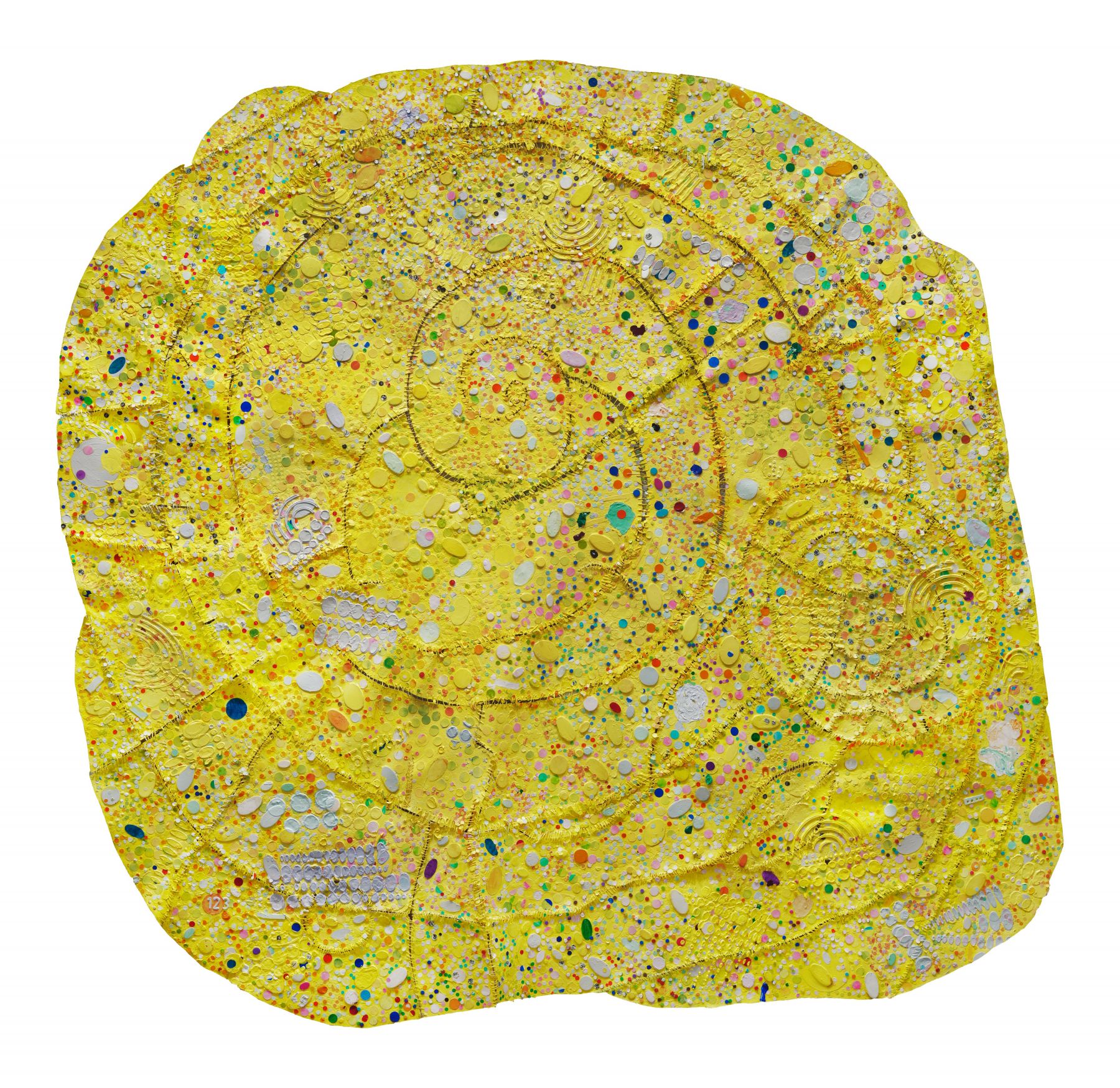“One of my first one-person exhibitions was held at AIR Gallery, the first women’s cooperative at 97 Wooster Street in New York City. The New York art world was more rigidly and solidly white and male at the time than it is now and this condition was being resisted. I developed a number of tools for inward looking, personal assessment through the women’s movement’s consciousness raising processes in order to understand how racism and sexism work within the art community as well as the community at large.”
As a young, black woman artist living in New York in the late 1960s, Howardena Pindell faced significant obstacles preventing her from attaining critical recognition for her work. Though she followed a professional trajectory--graduating from the Yale School of Art and going on to work as an exhibition assistant and then assistant curator at the Museum of Modern Art--Pindell was refused gallery representation and denied exhibitions for her work due to gender and racial biases that proliferated in the New York art world at the time (and which continue, often in less outwardly violent ways, today). This did not prevent her from making work, however, and in 1972 she co-founded A.I.R. with other women artists who were also frustrated with the systemic misogyny that inhibited them from achieving successful artistic careers. Pindell was the one to name the gallery A.I.R. after the “Artist in Residence” signs posted outside SoHo studios to indicate that the building was occupied.
Pindell decided to become an artist at the age of eight. Growing up in Philadelphia, she immersed herself in the city’s museums, and took classes at local art colleges while still a student in high school. Pindell’s fondness for Duchamp’s paintings drew her fascination toward the avant-garde; as her career developed, Pindell transitioned from figurative painting to abstract, process-driven work, and later, after a freak car accident in 1979, to autobiographical work charged with overtly political messages.
One of Pindell’s first pieces to establish this new direction in her practice is her groundbreaking 1980 film Free, White, and 21. In this work, Pindell mimics a conversation between herself and her caricature of a white 1950s-era woman. The film begins with a shot of Pindell in white face, dark cat-eye glasses, and a blonde wig. Pindell, as herself, recounts true stories of discrimination and violence she experienced from a young girl up until the present. The white woman—a trope of the white feminist, the demographic of many of her A.I.R. peers—dismisses, diminishes, and denies the experiences Pindell tells her, repeating the phrase “I’m free, white, and 21.” The film first debuted at A.I.R. in 1980 for the Dialectics of Isolation exhibition organized by Ana Mendieta, Zarina, and Kazuko Miyamoto. The goal for the film, and for the exhibition as a whole, was to draw attention to the difficulties faced by nonwhite women artists in a space dominated by white women. Pindell has since been outspoken about the marginalization she experienced by both the women’s movement and the Civil Rights movement, and much of her later works explore the effects of these biases from a personal viewpoint.
Howardena Pindell was born in Philadelphia in 1943. She received her BFA from Boston University in 1965 and her MFA from the Yale School of Art and Architecture in 1967. During her membership at A.I.R., Pindell took full advantage of the gallery, using it as a platform to showcase her work on a regular basis. In 1979 she began teaching at SUNY at Stony Brook, where she remains a tenured professor. Pindell’s work has been exhibited internationally and across the country. Her work is housed in the permanent collections of several major museums, such as the Museum of Contemporary Art, Chicago, the Whitney Museum of Art, Metropolitan Museum of Art, and the National Gallery of Art, Washington, DC, among many others.
member 1972-83 | b. 1943 | New York, NY
+ Exhibitions
Howardena Pindell: What Remains to Be Seen, 2018, MCA Chicago
Delirious: Art at the Limits of Reason, 1950–1980, 2017-18, Metropolitan Museum of Art
Howardena Pindell: Paintings, 1974–1980, 2014, Garth Greenan Gallery
Magnetic Fields: Expanding American Abstraction, 1960s to Today, 2017, Kemper Museum of Contemporary Art
+ Selected Press
NYTimes (2019) - Hailed After 70, Black Artists Find Success, Too, Has Its Price
Hyperallergic (2018) - Howardena Pindell Gets Her First Major Museum Survey
ArtNews (2014) - The Changing Complex Profile of Black Abstract Painters
NYTimes (2006) - Art in Review; Howardena Pindell
+ Publications
Video Transcript: Free, White, and 21
+ Public Collections
Garth Greenan Gallery
Metropolitan Museum of Art
Whitney Museum of American Art
Museum of Modern Art
Museum of Contemporary Art, Chicago
+ Website
